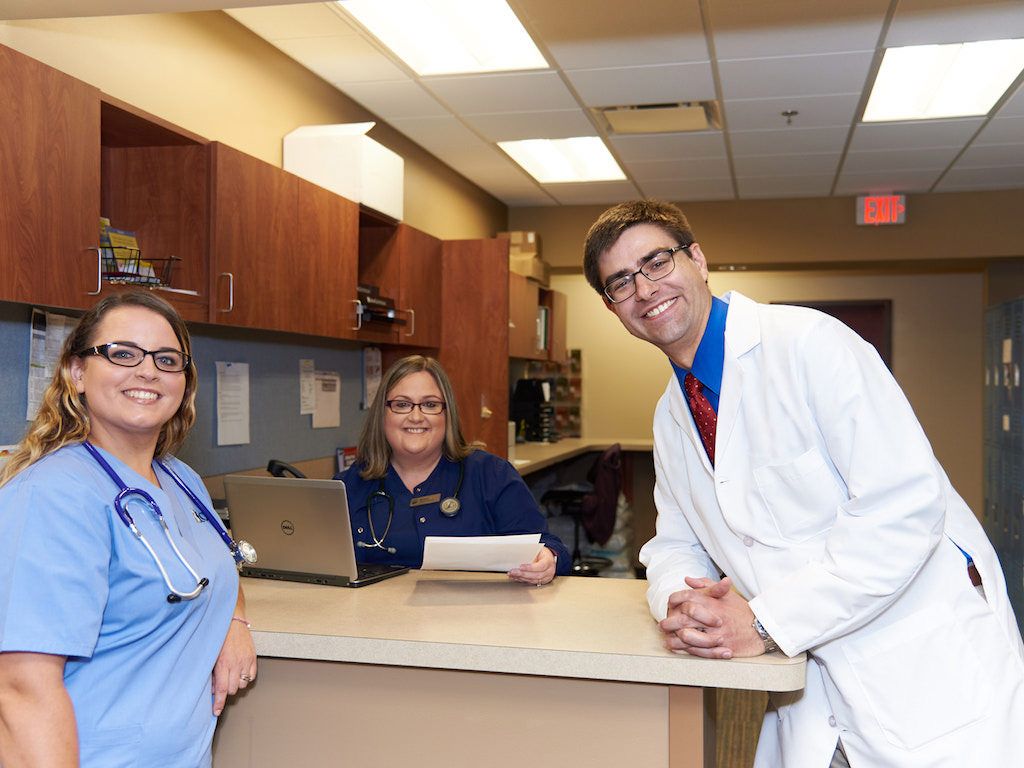In modern ambulatory care settings, using a virtual scribe service can improve how clinics handle documentation. It also lowers stress for clinicians and allows better patient care. This article explains how these services work and what outcomes clinics can expect.
Current Challenges in Clinical Workflows
Documentation Burden as a Bottleneck
Doctors spend more time on electronic health record (EHR) tasks than ever before. A 2025 study showed that charting takes over 22 minutes per appointment. Most doctors also need extra time after hours to finish notes. This slows down their day and makes burnout more common.
Tradeoffs: More Patients vs. Quality
Clinics try to balance the need to see more patients with the need to keep up with accurate charting. Adding just one extra patient can cause delays in finishing notes. So clinics need more than small changes to fix this issue.
What is a Virtual Scribe Service?
A virtual scribe service provides support from trained people who work remotely. These scribes listen to patient visits in real time and record the details. They use audio feeds or telehealth tools to capture notes during or after the visit. In some clinics, scribes also help with orders and messages.
Some scribes work with software tools that speed up the note-taking process. In other cases, a person completes all the work. Either way, the service helps reduce the time doctors spend on documentation.
How Virtual Scribes Help Clinics Work Better?
Less Time in the EHR
Remote scribes save time by taking notes during the visit or soon after. One study found a 20% drop in time spent writing notes and a 30% drop in after-hours charting. Another study showed an 8.5% drop in EHR time when using software scribes.
More Patients Seen Per Day
Doctors who use a virtual medical scribe can often see more patients in a day. One report showed clinics gained room for one or two extra patients in a single shift.
This happens because doctors can spend more time with patients instead of charting.
Better Accuracy in Notes
Remote scribes are trained to focus on clinical terms and chart formatting. They can catch small details and enter them into the system with care. This helps clinics send clean claims and meet quality goals.
Better Visits for Patients
When a virtual medical scribe takes over charting, doctors can focus more on their patients. They listen better and maintain eye contact. This makes the visit more personal and improves patient trust.
Lower Burnout for Doctors
Documentation is one of the top reasons doctors feel burned out. Removing this task gives doctors a break and helps them enjoy their work again. In some pilot studies, doctors said they felt more energy and less stress when using scribes.
What the Research Shows
Remote Scribe Trials
One trial at the University of Wisconsin showed that doctors using remote scribes felt less burned out. They also finished charting faster.
Another trial showed the same trend. Doctors had less screen time and better well-being when using scribes in different medical settings.
Ambient Scribe Findings
A larger study from JAMA found that software scribes cut time in notes by over 20%. They also helped reduce time spent after hours.
Even though these tools vary, early results are strong. But they do not work the same in every setting or for every doctor.
Known Limits
- Different clinics report different results
- Some doctors may not like the change
- Setup costs include tools, training, and security systems
- Notes still need review for accuracy
Despite this, many clinics still find value in trying these tools in pilot phases.
How to Start Using a Virtual Scribe
Plan the Setup
Decide if the scribe will join visits live or work later from recordings. Be clear about what tasks they will handle and how notes will be reviewed.
Start Small
Begin with one part of your clinic. Use that trial to find bugs and fine-tune the system.
Set Up Review Steps
Check early notes from your virtual healthcare scribing assistant for any missing parts or errors. Keep track of how note quality changes over time.
Train Everyone
Doctors and scribes need to understand how to work together. Doctors should speak clearly and give time for note-taking during the visit.
Track Progress
Watch changes in:
- Time spent in EHR
- Notes completed on the same day
- Time spent working after hours
- Patient visits per day
- Note accuracy
- Doctor stress or satisfaction
Secure Your System
Use tools that meet HIPAA rules. Protect patient data with encrypted software. Tell patients how the virtual medical scribe works and how their information is kept safe.
Year-One Expectations: By the Numbers
| Metric | Common Result | Notes |
| Time in notes | Down 10–20% | Based on multiple studies |
| After-hours time | Down 20–30% | Especially when using real-time scribing |
| Extra patients | 1–2 more per shift | Based on saved time |
| Note quality | More complete | Requires proper training |
| Doctor feedback | Improved mood | Linked to lower burnout |
Over time, saved minutes add up. Clinics can help more people without hurting charting quality.
When and Where Virtual Scribes Work Best
- Family Practice: High visit volume means more time saved
- Specialty Clinics: Scribes help with longer visits and more complex notes
- Multi-site Practices: A virtual scribe for medical practice works well across locations
- Telehealth Providers: Scribes fit naturally into remote systems
- Teaching Clinics: Help residents focus on care, not typing
Conclusion
A virtual scribe service gives clinics a way to handle patient documentation without overloading their doctors. Many clinics that use remote scribes report lower stress and better clinic flow. While results can vary, most show time saved, better chart quality, and happier clinicians.
Each clinic should test the process and see what works best for them. The key is to plan clearly, review often, and track changes across time. By taking charting off the doctor’s plate, the whole clinic can work better together.



